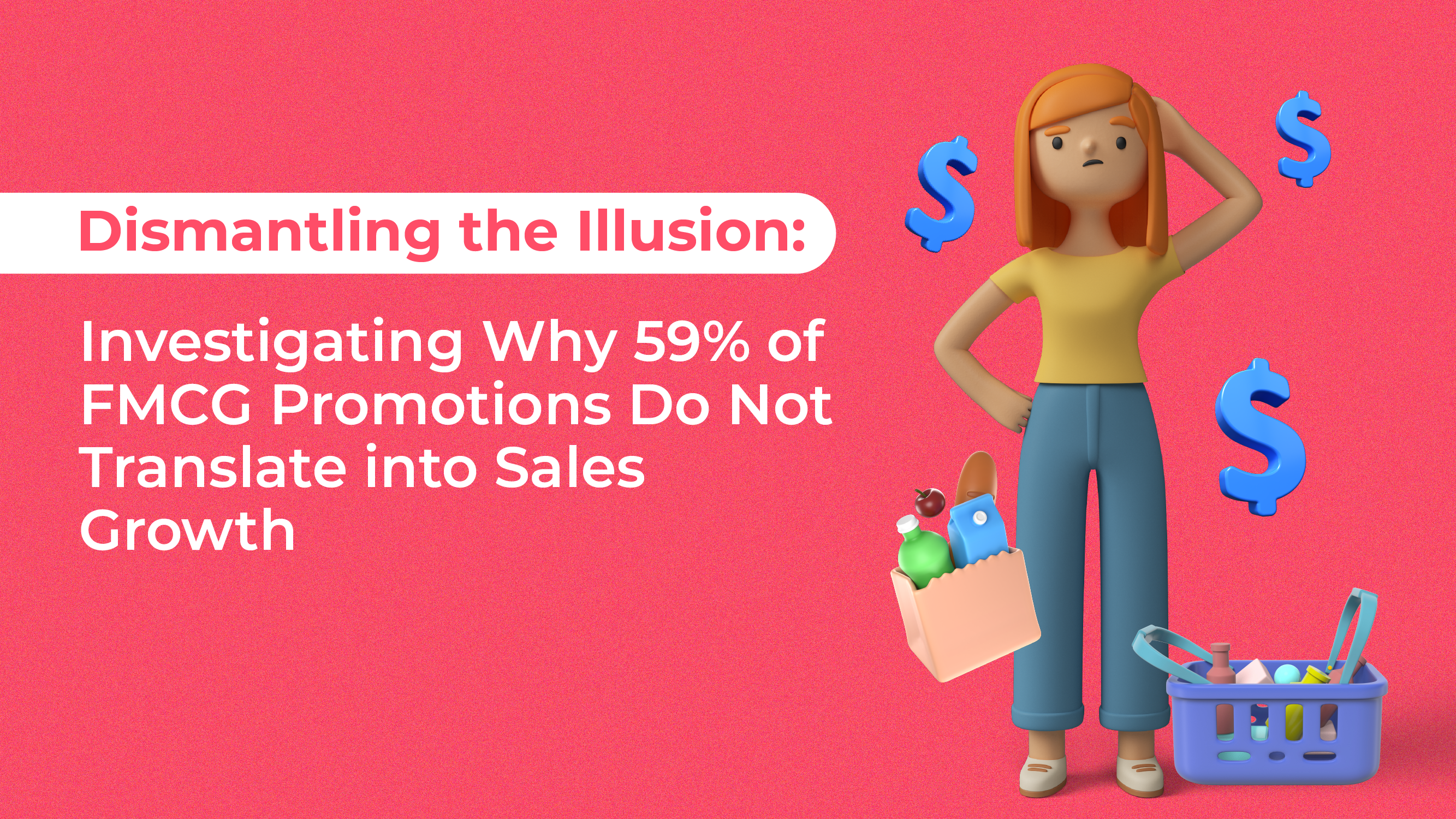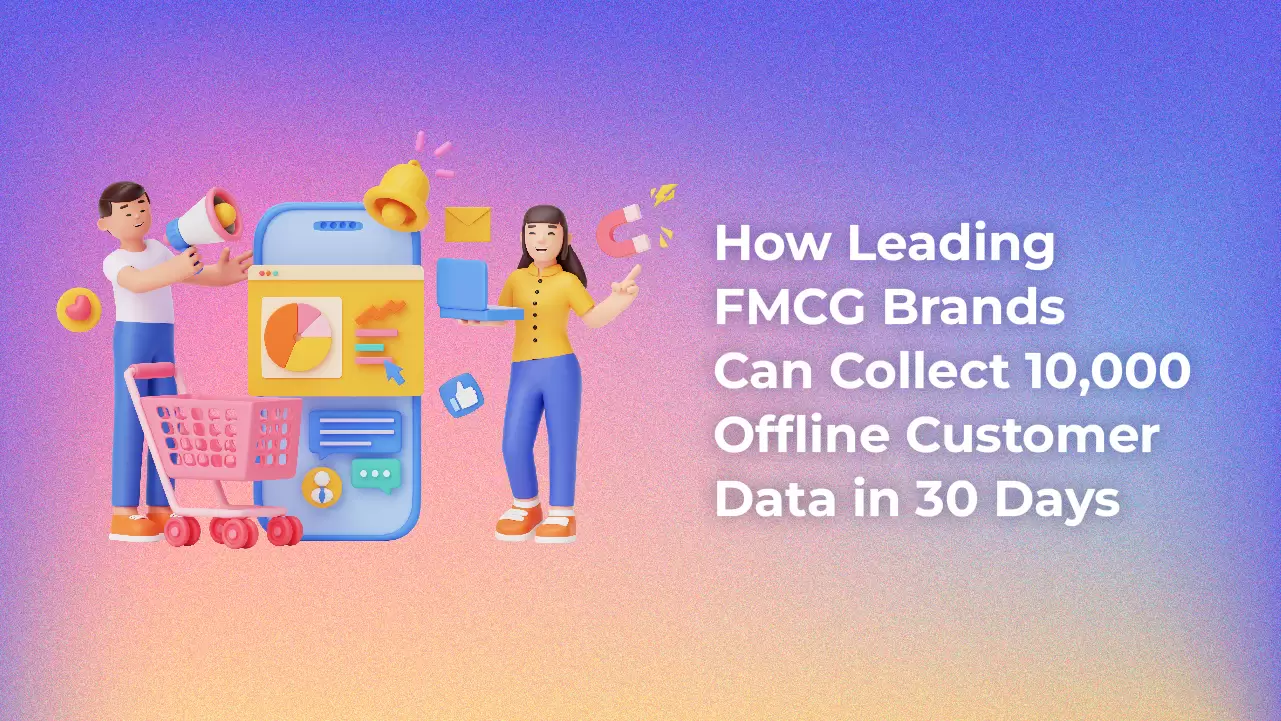With rapid digitalisation paving the way for e-commerce, the idea of dumping brick-and-mortar retail for online retail sounds all the more convincing.
Retail no longer requires opening a storefront!
Before you heave a sigh of relief, note that this newfound convenience comes with a price. And that means more competition!
Here are four solid reasons why e-commerce is way more competitive than offline retail:
1. Lack Of Natural Traffic
Brick-and-mortar stores have always reaped the benefit of having natural traffic. However, for online stores, driving in traffic will require more effort.
Lacking in physical visibility, online stores will need to allocate a sizeable amount of marketing budget on digital marketing and advertising.
Some of the strategies that will need to be utilised by online stores include social media marketing and advertising, optimization of product listing ads, and search engine optimization.
As necessary as they are, these promotional measures are costly to maintain. [restrict]
Unlike physical stores, that often only advertise and promote during seasonal sales, online stores need to advertise and market themselves from time to time, in order to create and maintain an active presence.
Consistent online marketing is the driving factor in maintaining market acquisition.
Besides, marketing and advertising efforts also have to take into account the shifting nature of online trends and market preferences.
Not only is this time consuming, it also demands increasing levels of tech proficiency.
2. Longer Customer Journey
Online stores typically find themselves in a fix at the select and purchase stages of the customer lifecycle journey.
Having the option to compare stores before making a purchase, although an advantage for consumers, often works to the disadvantage of retailers.
Sometimes the search for the best cost-effective solution or cheapest purchase deal results in the customer not making any purchase at all.
This is due to customers believing that, there is always a cheaper deal offered by another store if they searched hard enough. Or the “if not now, later” thinking of customers, especially in the event of price reductions.
Another issue commonly faced by online stores is customer distractibility.
Most customers of online stores show a similar pattern of beginning with a clear decision of the product to be purchased.
However, prior to purchase, customers often find themselves distracted by other products of the same store, and decide not to make any purchase as result of confusion or a sudden ‘change of mind’.
These issues prolong the product selection stage, causing the purchase stage of most online stores to suffer, hence weakening the profit-earning-potential of online stores.
3. Competition on a Global Level
Competitors of a brick-and-mortar store are confined within the particular store’s vicinity. This is perhaps, a fortunate disadvantage, compared to the borderless and limitless competitive nature of online stores.
The availability of many online stores catering to the same product has not only made standing out a priority but also, among the biggest challenge for many growing online stores.
With more online stores shipping globally, bridging the gap between geographical boundaries and market diversification has become all the more relevant.
Globalization has started knocking on the doors of niche retailers, despite customer preferences remaining fragmented across countries and customer groups.
On a positive note, niche marketing could also be the key to gaining a foothold in the global market.
While going global may give you a competitive edge, it also means a higher budget and competing with bigger names already dominating the industry.
4. A higher benchmark for tech
Physical retailers opting to also adopt an online store will need to have the financial capabilities and resources to leverage on tech and infrastructure.
Some of the leading households brands in the country such as Taobao, Lazada, and Shopify are well equipped financially and are hence, able to use underlying technology to maximise sales.
The solidification of these brands’ financial resources, stems from the stable inflow of funds, which largely comes from their pool of investors.
This has resulted in the outcome of technology infrastructure and optimisation reaching a higher benchmark.
Therefore, making it more difficult for newly established businesses making their debut into the digital world.
The look and feel of online stores, ease of navigation and purchase and the criteria of being mobile friendly as well as apps to further improve the digital purchase experience, all require a large amount of investment and can be difficult to maintain for many new online retailers.
Actionable Takeaway:
While adapting to the demands of the digital era, can be a good idea, building capital and a sustainable source of funding is absolutely necessary prior to making the big jump. Extensive research in sourcing out cost-effective, alternative measures for site and infrastructure can be a an effective step to take into account.
[/restrict]









